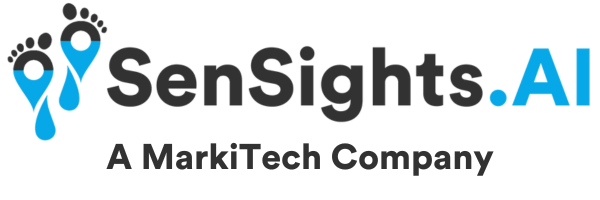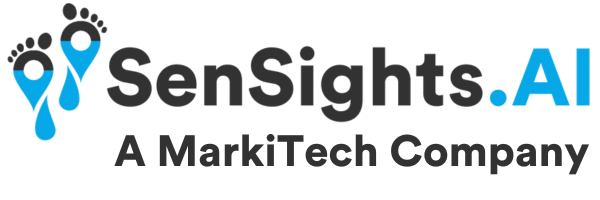Image Credit: Canva
As technology advances, more and more sectors are discovering new and inventive ways to use it to better their services. Healthcare, particularly maternal care, is one such industry that has been transformed by technology. RPM has developed as an excellent tool in the field of maternal care, enabling for more effective and efficient monitoring of pregnant women and new mothers.
What exactly is Remote Patient Monitoring (RPM)?
Remote patient monitoring is a technology-based healthcare service that enables medical personnel to remotely monitor and track the health of their patients. This is accomplished through the use of various devices such as wearable sensors, mobile apps, and telehealth services, which broadcast real-time data to healthcare practitioners regarding a patient’s vital signs, activity levels, and medication adherence.
Remote Patient Monitoring for Maternal Care
Remote patient monitoring has huge potential in maternal care, as constant monitoring is required to guarantee the health of both the mother and the infant. In fact, RPM has been shown to be beneficial in recognising potential difficulties early on, resulting in better outcomes for both mother and baby.
The capacity to provide continuous monitoring throughout the pregnancy and postpartum period is one of the key advantages of RPM in maternal care. This enables healthcare providers to notice changes in the mother’s health and react early if necessary. RPM, for example, can detect variations in blood pressure or heart rate, both of which are important markers of future complications such as preeclampsia.
RPM can also help healthcare practitioners and patients communicate better. RPM technology allows patients to communicate with their healthcare providers in real time, allowing for faster response times and more personalised care. This is especially significant for women who live in rural or isolated locations and may have limited access to healthcare.
The capacity to monitor and track medication adherence is another advantage of RPM in maternal care. Women who are administered medicine during pregnancy or after giving birth can use RPM technology to guarantee they are taking their medication as directed. This can lead to better health results and a lower chance of problems.
RPM Examples in Maternal Care
RPM technology is being employed in a variety of ways in maternal care nowadays. Wearable sensors, for example, can be used to monitor fetal heart rate and contraction patterns during labour. This enables healthcare providers to recognise and treat any indicators of distress in the newborn.
Another case in point is the utilisation of telehealth services to give prenatal care to women who live in rural or distant places. Women can get prenatal care from the comfort of their own homes, decreasing the need for travel and lowering the danger of COVID-19 exposure.
Conclusion
Remote patient monitoring is a valuable technique in maternal care, enabling more effective and efficient monitoring of pregnant women and new moms. RPM has huge potential to enhance maternal health outcomes and lower the risk of problems by enabling continuous monitoring, enhancing communication between healthcare providers and patients, and tracking drug adherence. As technology advances, we should expect to see even more creative use of RPM in maternity care in the future.


